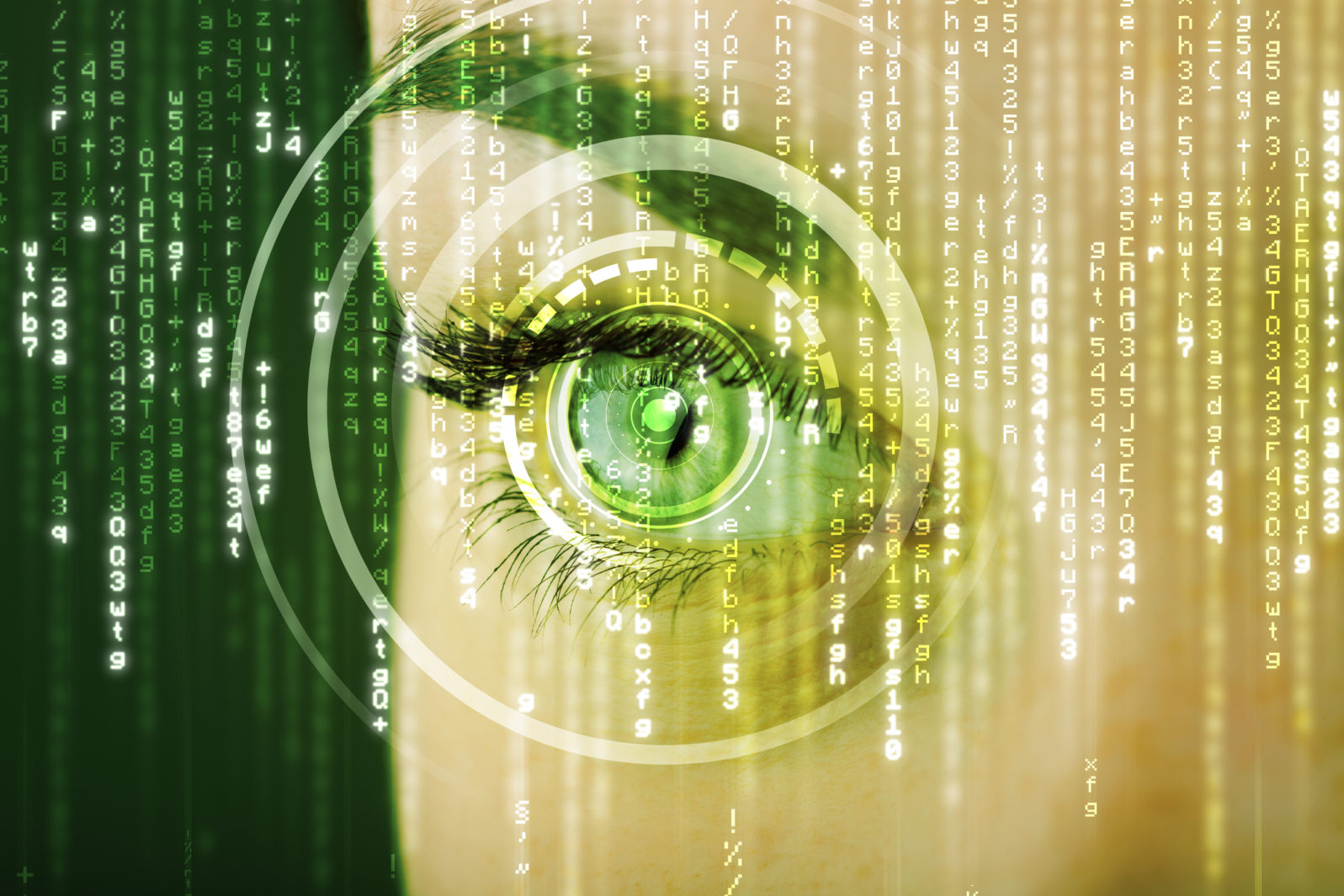The Matrix Resurrections: Technology as a Soft Magic System
Stakes and believability are connected, especially when it comes to science fiction.
Last time, we discussed the most controversial element of the The Matrix: Resurrections , as well as the meta narrative Lana Wachowski set out to establish at the beginning of the film. Now, the Matrix Resurrections is much better than The Matrix Reloaded (2003) and The Matrix Revolutions (2003) because it, at least, brings the original trilogy full circle. That being said, there are loads of problems, and many of them are issues I’ve already discussed in reviews of the earlier films
First, we have the pacing issue. Wachowski says too much too fast. This time, we’re not getting conflicting narratives that are confusing the plot but rather random tangents that have nothing to do with the story. Don’t get me wrong, I loved the shots taken at the studio for forcing Lana into this situation. I got a real vindictive pleasure out of it. But it has nothing to do with the story. This rant, while fair, feels forced and bogs the story down.
Second, the machines become sentient with zero explanation as to how any of this is happening. We get pet robots, magnetic beads that form humanoid representations of computer programs, and Agent_Smith becoming who knows what.
It’s doubtful even Lana knows what Smith is anymore. Smith is no longer a virus, but he is somehow connected to Neo, so when the machines bring Neo back to life, Smith is along for the ride. This doesn’t make sense. The whole point of Neo’s sacrifice was to kill Smith. So, when the machines brought Neo back, why wouldn’t they just leave Smith dead because he nearly destroyed the Matrix last time? Why are Neo and Smith a package deal? How are they packaged?
Given that Trinity is now a package deal with Neo, is Smith connected to her? And what was the point of bringing Smith back in the first place? That story arc should be done. We have a new villain now, and they couldn’t get Hugo Weaving to return for the project, so we can’t even attribute this narrative decision to fan service. What is the point of having Agent Smith when he’s not portrayed by Hugo Weaving?https://www.youtube.com/watch?v=nNpvWBuTfrc
Oh, and yeah, the machines brought Neo and Trinity back from the dead. They had a resurrection program on standby. Now, I honestly prefer this over Neo and Trinity being programs hidden within the Matrix. Having your characters really alive is helpful for the stakes of your film, but logistically, it’s just dumb. How can machines who are just now figuring out what life even is, be capable of resurrecting human bodies? And now, since there is an established a resurrection program with zero explanation as to how it works, the writers can bring any character back at will. They’ve simultaneously resurrected and killed their stakes in one decision. When you don’t explain anything, you can’t set limitations, and therefore, you destroy any tension a viewer might feel for a character.
In sci-fi, technology operates the same way as a hard magic system in fantasy. There two types of magic systems, one hard, the other soft, and both serve particular functions within the fantasy genre. A soft magic system is usually given to a character who is meant to serve as an authority figure or is somehow elevated above the protagonist in the story. The reader or viewer is not meant to understand the rules for this person’s ability, because the person is above it all. Think Gandalf in The Lord of the Rings A hard magic system is meant primarily for a protagonist. The strictness of the rules for the magic system can vary quite a bit, but the reader or viewer must have some understanding as to how the system works because these rules are, in part, how the writer sets the stakes for the story. Think Harry Dresden of The Dresden Files.
In the Matrix, the technology is being used as a soft system when it should be used as a hard system. This is the core of the problem with the series as a whole. From the other characters perspective, Neo is above it all, so it makes sense to keep his abilities mysterious, but the problem is, he’s our protagonist, so we need to have some understanding as to what he can do.
There’s a perfect example of this conflict within the newest film. Near the end, Neo attempts to fly and can’t. From a narrative standpoint, this is done so Trinity can fly at the final moment and save the day.
Now, one can infer that Neo is simply rusty, but the film doesn’t say this, and we see Neo blocking bullets and throwing people across the room at other points in the film. So why is he able to do some things and not others, especially considering his life is in danger in each scenario? This lack of explanation makes Trinity’s glorious moment seem like a cheap contrivance. And all it would’ve taken to prevent this sentiment was a few lines of dialogue establishing Neo’s problem. Perhaps, the machines programed him to have a fear of heights.

They’ve already resurrected him and wiped his memory to the degree that he thinks his previous existence was a video game. So, why not do something to hinder his greatest talent, and have him overcome this fear later? It’s a little change that would have given Trinity’s moment more credibility. But because the Wachowskis have a habit of telling us what’s happening without going into any of the theories or logistics, when it comes to pivotal moments within the story, the lack of details make each event seem like a contrivance.
Also, part of the fun of sci-fi is a small degree of believability. Suspension of disbelief is critical. What makes the Matrix intriguing as a concept is that it forces us to wonder if we are living in a false reality. So, the more grounded the technology can seem, the stronger the possibility of living inside a matrix becomes. This doesn’t mean that the writer must explain every single detail. The concept of soft and hard magic systems is a sliding scale, and it’s up to the writer to decide what the appropriate balance is. But when it comes to sci-fi, the scale needs to weigh heavily on the hard side in order for immersion to fully take place. The Matrix fails to do this. Everything is supposed to be accepted and the longer this goes on, the more questions the viewer has until those accumulating questions pull the viewer out of the experience.
In my final review, we’ll discuss The Analyst, who he is, what he does in the movie, and his plausibility inside the Matrix.
Here are my thoughts on the series to date:
The Matrix Resurrections: The studio is making us do this! Gary Varner: Mark Zuckerberg, eat your heart out. If there is one word to describe this movie, that word is Meta. Agent Smith — now a cooperate bigwig — informs Neo that they are making the Matrix Trilogy, now a video game, into a new franchise, with or without his consent
Bringing you up to date with the Matrix series: Will The Matrix Resurrections (dropped December 22) break the mold? The culturally influential trilogy (control by evil aliens) enjoys a fascinating beginning — but a thud! ending. Can we really escape a world of illusions simply by following our most basic influences? If wisdom can’t help, why should instinct be the answer? (Gary Varner)
The Matrix Reloaded (2003) just did not load properly. Although the second part of the Matrix trilogy offers interesting ideas and exciting action, the confusing plot obscures the concepts it should explore. Free will is hard to explore when, among AIs, Agent Smith can think freely, the Architect can’t grasp the idea, and the Oracle understands but doesn’t have it. (Gary Varner)
The Matrix Revolutions (2003) spins out of control. In Part I of this review of the third film in The Matrix trilogy — anticipating The Matrix: Resurrections (December 22) — we bring you up to date on the story. The plot continues to baffle: How did Neo end up in digital purgatory? How can machines fall in love and produce a child? Answers are awaited.
The Matrix Revolutions churns into a cosmic drama. It turns out to be a conflict between chaos and probability with no apparent moral compass. As fans await The Matrix Resurrection, we begin to sense an outline in The Matrix: Revolutions of the ultimate conflict of human vs. machine.
and
The Matrix Trilogy: Some Final Thoughts I enjoyed the films and am looking forward to the Matrix Resurrections but there are some things I need to say as a reviewer. The problem with the Matrix trilogy that it tries to say too much, and so the messages conflict when they’re not downright confusing.
